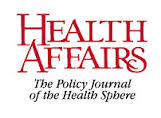PA May Take Over Insurance Exchange
Pennsylvania may soon assume responsibility for providing a health insurance exchange for its residents.
When the Affordable Care Act was adopted in 2010, states were given the option of establishing their own marketplaces for health insurance offered under the reform law or having their citizens use a federal exchange established for the same purpose. Pennsylvania chose to have its residents use the federal exchange, but now, a law changing that is making its way through the state legislature.
 House Bill 3, with more than 80 sponsors from both parties, would direct the state to establish its own health insurance exchange and establish a Pennsylvania Health Insurance Exchange Fund to pay for it.
House Bill 3, with more than 80 sponsors from both parties, would direct the state to establish its own health insurance exchange and establish a Pennsylvania Health Insurance Exchange Fund to pay for it.
After years of ceding this responsibility to the federal government, some state lawmakers now believe the state can run its own exchange more efficiently and save money by operating the exchange for less than it currently pays the federal government for use of the federal exchange. The bill’s sponsors also believe that taking over the exchange will enable the state to seek a federal reinsurance waiver that should reduce health insurance premiums five to ten percent in Pennsylvania.
House Bill 3 will be considered by the House Insurance Committee.
Learn more about what members of the House seek in the WITF radio article “Plan for Pennsylvania to take over health insurance marketplace gaining ground”; read a co-sponsor memo to state House members asking them to co-sponsor the bill; and read House Bill 3 itself.
 The resolution to conduct the study was approved unanimously by the state House, and according to a news release from state representative Jeanne McNeill, who sponsored the resolution,
The resolution to conduct the study was approved unanimously by the state House, and according to a news release from state representative Jeanne McNeill, who sponsored the resolution, The requirement itself is not new; the purpose of the memorandum is to encourage federal agencies to enforce existing laws that state that, according to the memorandum,
The requirement itself is not new; the purpose of the memorandum is to encourage federal agencies to enforce existing laws that state that, according to the memorandum, According to a new study from the Georgetown University Health Policy Institute’s Center for Children and Families,
According to a new study from the Georgetown University Health Policy Institute’s Center for Children and Families, SNAP was actively involved in
SNAP was actively involved in  According to PHC4,
According to PHC4, In California and Oregon, the state Medicaid programs are using care coordination and funding from multiple sources, including traditional Medicaid funding, alternative payment approaches, and savings from care coordination to provide services such as housing, food, and legal assistance while also building the capacity of health care and community groups to support such efforts. Both states obtained federal Medicaid waivers to enable them to expend Medicaid resources on non-Medicaid-covered services.
In California and Oregon, the state Medicaid programs are using care coordination and funding from multiple sources, including traditional Medicaid funding, alternative payment approaches, and savings from care coordination to provide services such as housing, food, and legal assistance while also building the capacity of health care and community groups to support such efforts. Both states obtained federal Medicaid waivers to enable them to expend Medicaid resources on non-Medicaid-covered services. According to a recent post on the CMS blog (in CMS’s own words),
According to a recent post on the CMS blog (in CMS’s own words),